Introduction
In the realm of Chinese cuisine, soups occupy a revered position, not merely as a meal’s accompaniment but often as its centerpiece. They encapsulate the essence of balance, harmonizing flavors, textures, and nutritional benefits into a single, soothing bowl. Among the myriad of soup varieties, Dried Scallop and Winter Melon Soup stands out as a timeless classic, celebrated for its delicate taste, refreshing quality, and profound health benefits. This article delves into the art of crafting this exquisite dish, from selecting the finest ingredients to mastering the cooking technique, ensuring every spoonful is a testament to culinary excellence.
Understanding the Ingredients
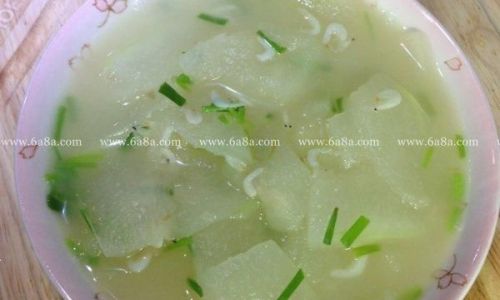
Before diving into the recipe, it’s crucial to understand the stars of our soup: dried scallops (also known as conpoy) and winter melon (donggua in Chinese). Dried scallops are a luxury ingredient derived from the dried adductor muscle of the scallop. They boast a rich, umami-laden flavor that deepens with time, making them a staple in high-end Chinese cuisine. Winter melon, on the other hand, is a large, light-green fruit with a watery, mild-tasting flesh that is prized for its hydrating and cooling properties, especially during hot weather.
Selecting the Ingredients
-
Dried Scallops: Opt for large, golden-brown scallops with a slightly moist surface and a pleasant seafood aroma. Avoid those that are overly dark or have an unpleasant odor, as they may be stale or of poor quality.
-
Winter Melon: Choose a melon that is heavy for its size, indicating it is juicy. The rind should be smooth and firm, with no soft spots or cracks. A ripe winter melon will have a faint sweetness when tasted raw.
-
Other Ingredients: Complementary flavors come from ginger, which aids digestion and adds a subtle warmth; Chinese wolfberries (gouqi zi), known for their antioxidant properties; and lean pork or chicken bones, which provide a rich broth base.
Preparation and Cooking Techniques
Crafting Dried Scallop and Winter Melon Soup is a multi-step process that requires patience and attention to detail. Here’s a step-by-step guide to achieving perfection:
Step 1: Preparing the Ingredients
-
Dried Scallops: Soak the scallops in cold water for at least 4 hours or overnight, changing the water every few hours to remove any impurities and to soften them. This also helps to release their flavorful juices.
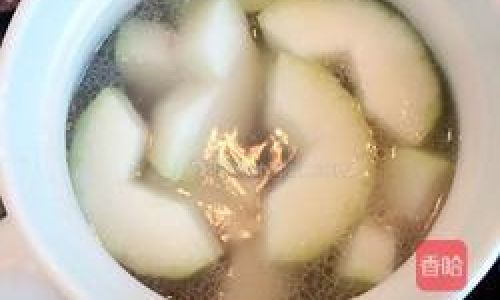
-
Winter Melon: Peel the melon, remove the seeds, and cut into large chunks or thick slices. The size of the pieces will depend on personal preference; larger chunks retain more texture, while smaller ones blend more into the soup.
-
Pork or Chicken Bones: Rinse thoroughly under cold running water to remove any blood or residue. Blanch the bones in boiling water for a few minutes to further cleanse them and remove excess fats.
-
Ginger: Peel and slice thinly. A few slices are sufficient to flavor the soup without overpowering it.
-
Wolfberries: Rinse under cold water to remove any dust.
Step 2: Assembling the Soup Base
-
In a large pot, combine the soaked and drained scallops, blanched bones, and sliced ginger. Fill the pot with enough water to cover all ingredients by at least 2 inches. Bring to a boil over high heat, then reduce to a simmer.
-
Skim off any foam or impurities that rise to the surface during the initial boiling stage. This ensures a clear, pristine broth.
Step 3: Simmering to Perfection
-
Once the broth is clear, add the winter melon pieces. Continue to simmer gently, uncovered, for about 1.5 to 2 hours. The key to a flavorful soup lies in the slow cooking process, which allows all ingredients to meld harmoniously.
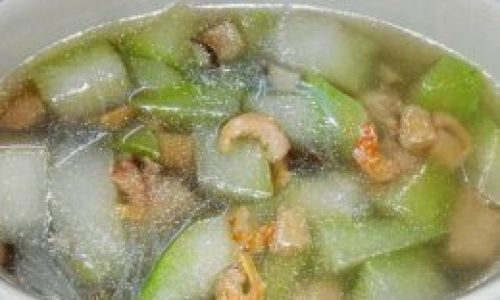
-
During this time, occasionally skim off any additional fat that accumulates on the surface to keep the soup light and clear.
Step 4: Adding the Final Touches
-
In the last 30 minutes of cooking, add the rinsed wolfberries. These delicate berries do not require long cooking and retain their nutritional benefits best when added later.
-
Taste the broth and adjust seasoning if necessary. Typically, this soup does not require salt as the scallops and bones provide ample flavor. However, a pinch of salt can enhance the overall taste if desired.
Step 5: Serving the Soup
-
Once the soup is ready, remove from heat and allow it to cool slightly. Ladle into bowls, ensuring each serving includes pieces of winter melon, scallops, and bones (though the bones are often discarded before eating).
-
Garnish with a few fresh wolfberries or a sprinkle of chopped green onions for added color and a hint of freshness.
Serving Suggestions and Pairings
Dried Scallop and Winter Melon Soup is best enjoyed as a starter or a light meal, especially during hot weather when its refreshing qualities are most appreciated. Pair it with steamed rice for a more filling meal or serve alongside dim sum for a traditional Chinese dining experience.
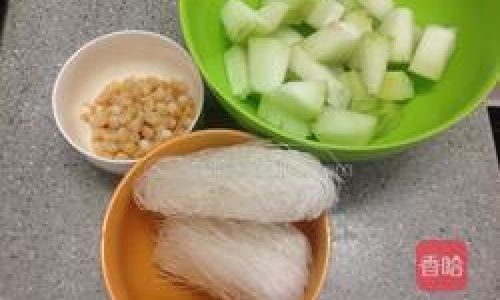
For a more indulgent touch, consider serving the soup with delicate dumplings or steamed buns. The rich, umami-laden broth complements the soft, savory fillings, creating a harmonious meal that satisfies both the palate and the soul.
Health Benefits
Beyond its culinary appeal, Dried Scallop and Winter Melon Soup boasts numerous health benefits. The winter melon is rich in vitamins and minerals, particularly vitamins C and A, which support immune function and skin health. Dried scallops provide high-quality protein and essential amino acids, while the bones contribute minerals like calcium and phosphorus, beneficial for bone health.
Moreover, the soup’s hydrating properties make it ideal for combating dehydration, especially during hot seasons. The gentle warmth of ginger aids digestion, while wolfberries add antioxidants that support overall well-being.
Conclusion
Dried Scallop and Winter Melon Soup is a masterpiece of Chinese cuisine, embodying the principles of balance, harmony, and nutritional excellence. Its preparation, though time-consuming, is a rewarding endeavor that yields a soup rich in flavor, texture, and health benefits. By following the steps outlined in this guide, you can create a dish that not only nourishes the body but also delights the senses, making every spoonful a celebration of culinary artistry.
As you savor each mouthful, let the delicate interplay of flavors transport you to the heart of Chinese culinary tradition, where simplicity meets sophistication, and every ingredient tells a story of its own. Happy cooking!
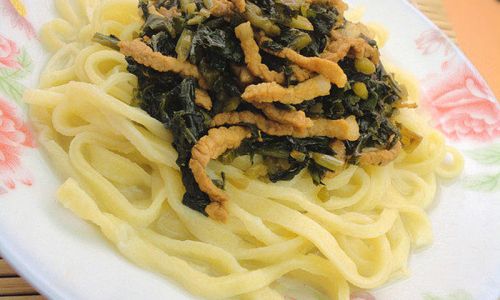
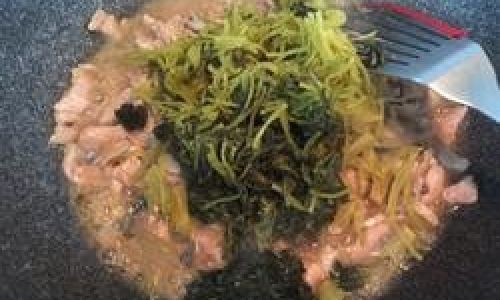
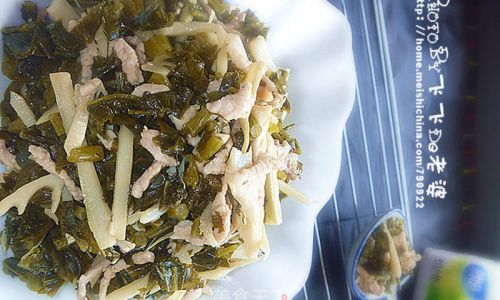
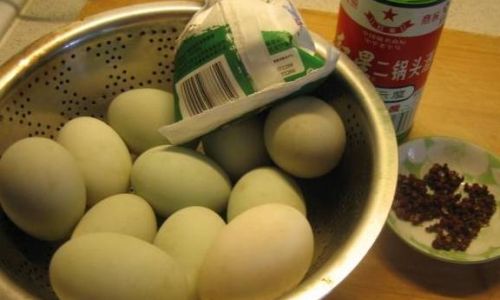

0 comments